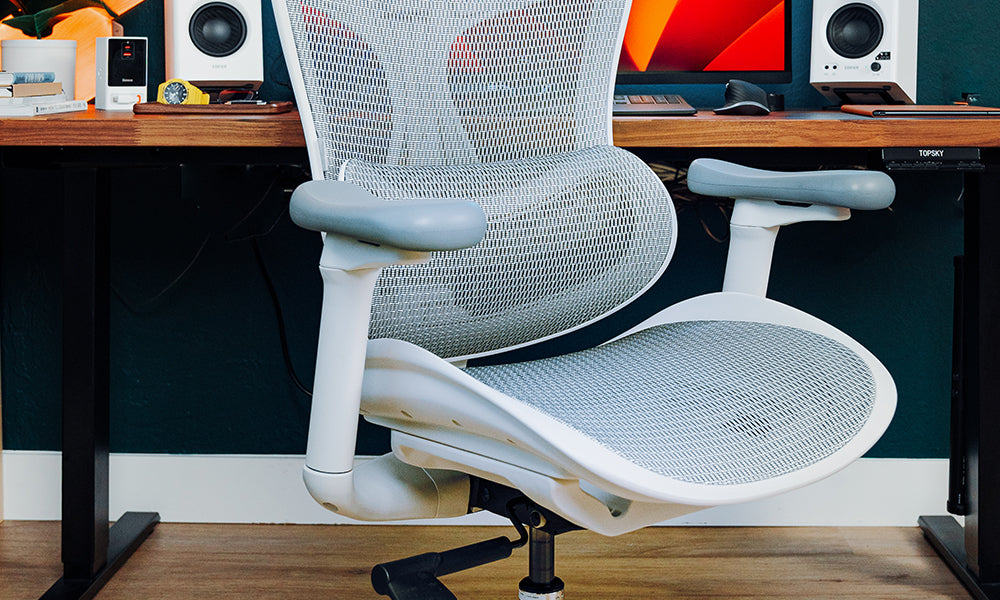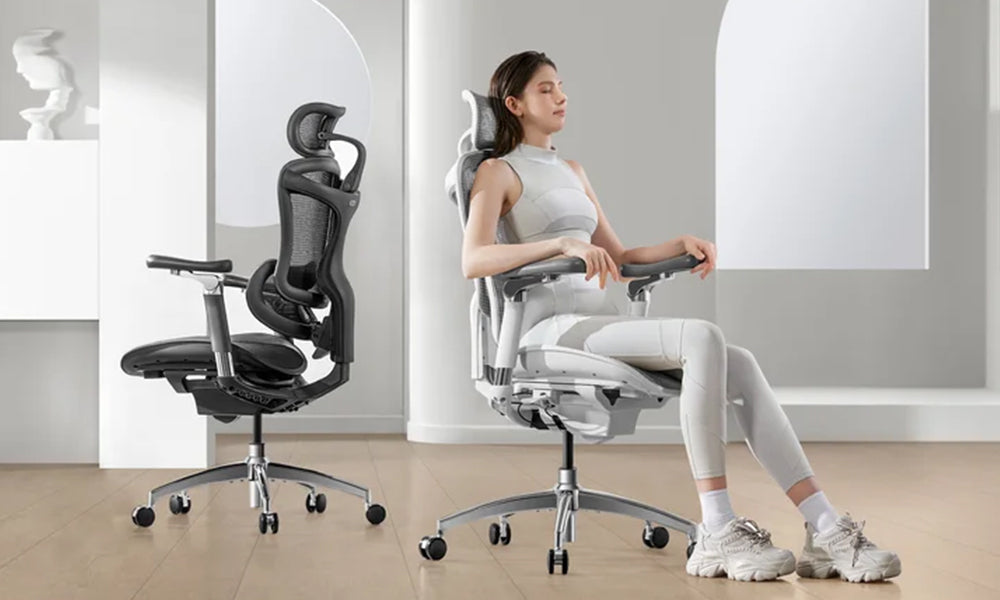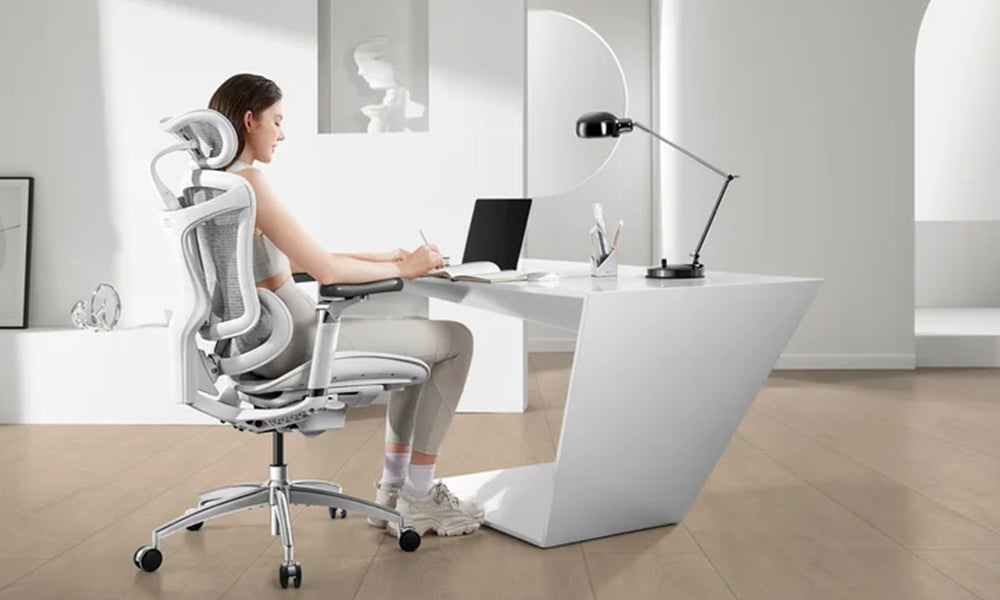Whether it's at home or in a corporate setting, having an ergonomic work station setup is crucial for maintaining productivity, comfort, and overall well-being. An essential component of this setup is the synchronization between your work station and office chair. Ensuring that your chair and desk work in harmony can significantly reduce the risk of musculoskeletal disorders and increase your overall efficiency. In this article, we'll explore six ergonomic tips to help you synchronize your work station and office chair effectively.
Adjust Your Chair Height and Seat Depth:
One of the first steps in achieving ergonomic harmony between your chair and desk is adjusting the height of your chair. Ideally, your feet should rest flat on the floor or on a footrest while your thighs are parallel to the ground. Adjust the chair's height until you find a comfortable position that allows for this alignment.
Additionally, ensure that the seat depth is adjusted correctly. You should have approximately two to four inches of space between the edge of the seat and the back of your knees. This adjustment prevents pressure on the backs of your legs and promotes proper circulation.
Position Your Chair's Lumbar Support:
Proper lumbar support is essential for maintaining the natural curve of your spine and preventing lower back pain. Most ergonomic office chairs come with adjustable lumbar support features. Adjust the lumbar support to fit the natural curve of your lower back, providing adequate support without causing discomfort. If your chair lacks built-in lumbar support, consider using a separate lumbar cushion to achieve the desired effect.
Set Up Your Desk Height and Depth:
Just as important as adjusting your chair is setting up your desk at the appropriate height and depth. Your desk's height should allow your elbows to rest comfortably at a 90-degree angle when typing, with your wrists in a neutral position. If your desk is too high or too low, it can lead to strain on your arms, shoulders, and neck.
Additionally, ensure that your desk depth allows ample space for your keyboard and mouse while leaving adequate room for your monitor(s) at eye level. Avoid reaching too far forward or twisting your body to access commonly used items on your desk, as this can lead to strain and discomfort over time.
Position Your Monitor(s) Correctly:
Proper monitor placement is crucial for reducing eye strain and neck discomfort. Position your monitor(s) directly in front of you at arm's length away, with the top of the screen at or slightly below eye level. This positioning helps maintain a neutral neck position and reduces the need to tilt your head up or down, which can cause strain on your neck and shoulders.
If you use multiple monitors, ensure they are aligned side by side and at a consistent height to prevent excessive neck movement. Consider using a monitor arm or stand to adjust the height and angle of your monitor(s) easily.
Adjust Armrests for Comfort and Support:
Armrests can provide additional support and comfort during long hours of sitting. Adjust the armrests of your chair so that your arms can rest comfortably while your shoulders remain relaxed. Armrests that are too high can cause shoulder tension, while armrests that are too low may lead to wrist discomfort.
Ideally, your arms should be able to rest lightly on the armrests without lifting your shoulders or causing strain on your elbows. If your chair's armrests are not adjustable or are uncomfortable, consider using alternative arm support options such as padded armrest covers or detachable armrests.
Take Regular Breaks and Move Throughout the Day:
No matter how well your work station and office chair are synchronized, prolonged sitting can still lead to discomfort and health issues. It's essential to take regular breaks throughout the day to stretch, move around, and give your body a chance to rest.
Incorporate short micro-breaks into your work routine, aiming to stand up, stretch, and walk around for a few minutes every hour. Set reminders or use productivity apps to prompt you to take breaks regularly. Additionally, consider incorporating standing or adjustable desks into your workspace to alternate between sitting and standing throughout the day.
In conclusion, achieving ergonomic harmony between your work station and office chair is essential for maintaining comfort, productivity, and overall well-being. By following these six ergonomic tips, you can effectively synchronize your chair and desk setup to reduce the risk of musculoskeletal disorders and create a more comfortable and efficient workspace. Remember to listen to your body and make adjustments as needed to ensure that your work environment supports your health and productivity goals.



